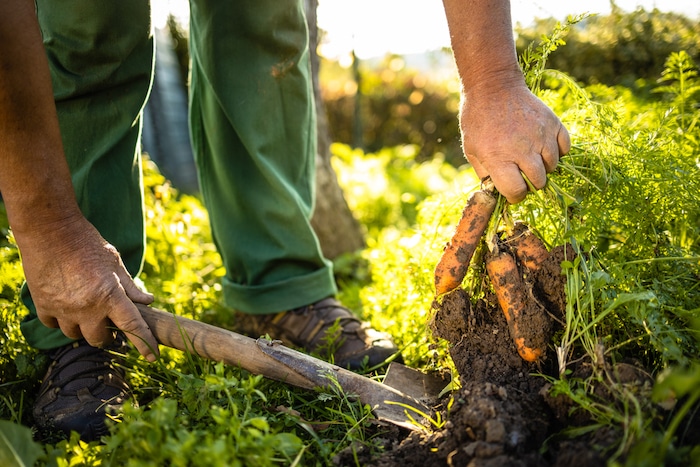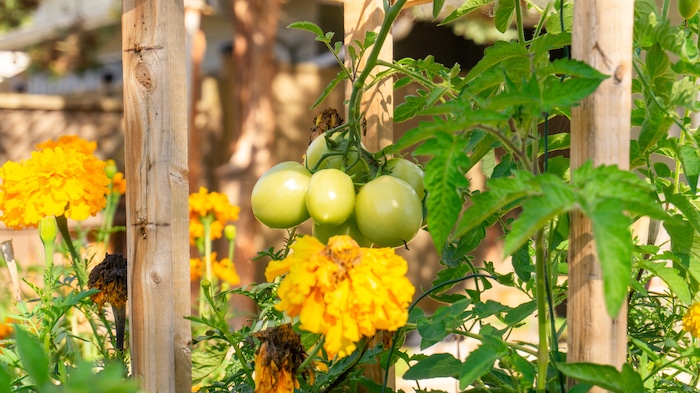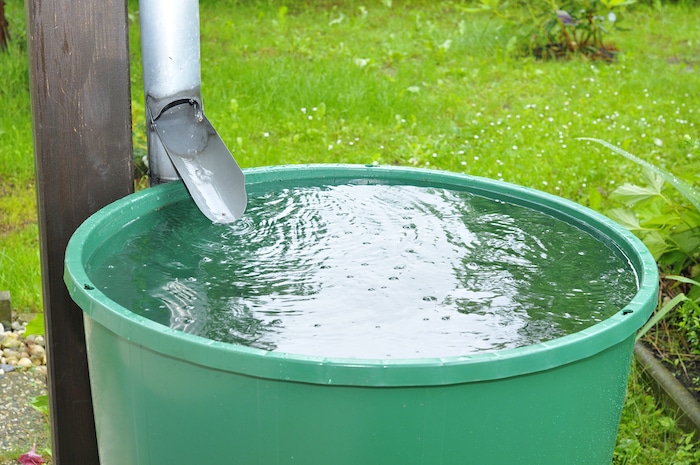
Understanding Regenerative Farming
Regenerative farming refers to agricultural practices that can revive the farm ecosystem. Unlike conventional agriculture, it works with nature to improve the land’s productivity and resilience to increase food production without depleting the soil. This approach is grounded in a philosophy that views farms as living organisms, where every element, from the soil to the crops and wildlife, plays a crucial role in every farm’s long-term health and productivity.
Regenerative farms are self-sustaining agricultural systems that provide enough food and can counter climate change through carbon sequestration. That’s because improved soil health and diverse planting techniques draw down carbon dioxide from the atmosphere and store it in the soil. Once trapped, carbon contributes to soil fertility and ecosystem health rather than greenhouse gas emissions. Let’s see how this is possible.
Principles of Regenerative Agriculture
1. Healthy Soil
All regenerative agriculture practices aim to support healthy soil. Cover cropping, applying organic compost, and minimizing soil disturbance contribute to maintaining fertile land as they increase the amount of organic matter in the ground and build regenerative farms.

Organic plant residue acts like a sponge, absorbing CO2 from the atmosphere through plant photosynthesis and storing it in the soil. The numbers are promising: every hectare of land that increases soil organic matter by just 0.1% can capture about 8.9 tonnes of CO2 equivalent yearly.
2. Biodiversity
Crop rotation, intercropping, and maintaining natural habitats within and around farming areas enhance the ecosystem. More plants also mean various root depths and types, each contributing differently to soil structure and carbon storage capabilities.

Moreover, different plants attract various soil organisms, from bacteria and fungi to insects and larger soil fauna. They decompose organic matter, turning it into stable soil carbon compounds less likely to be released into the atmosphere. This complex web of underground life ensures that carbon captured by plants is effectively transferred and stored in the soil for extended periods.
3. Livestock
Integrating livestock works when farmers and ranchers control grazing patterns, ensuring that areas of agricultural land are grazed intensely but briefly to mirror the movements of wild herds. This way, regenerative farmers prevent land degradation while supporting plant regrowth.
Livestock contribute directly to the health of the soil through their manure, which acts as a natural, nutrient-rich fertilizer, further enriching the soil’s organic carbon content. Plus, grazing helps incorporate the organic plant material into the soil, enhancing its fertility and carbon sequestration capabilities.
4. Organic Input
Regenerative agriculture uses nitrogen-fixing crops and natural pest control to minimize synthetic input. This maintains soil health and reduces the carbon footprint of manufacturing and transporting fertilizers.
Moreover, reducing synthetic pesticides and other chemical inputs helps preserve soil microbes essential for plant decomposition and stabilization, processes crucial for long-term carbon storage in the soil. Using organic fertilizer created from technology like HomeBiogas, can greatly help improve your soil.

HomeBiogas 6
Designed for the next generation of green innovation.
5. Water Savings
Regenerative organic agriculture includes practices like rainwater harvesting, the use of swales, and proper irrigation techniques to keep the soil healthy without wasting resources. This ensures plants receive the water they need for optimal growth without saturating the soil and risking nutrient leaching or soil compaction. In return, well-structured soils encourage plant growth and microbial activity.

6. Conservation Tillage
Traditional tilling practices can be disruptive, breaking apart soil aggregates, exposing soil carbon to the air, and increasing the risk of soil erosion. In contrast, no-till or reduced-till methods minimize this disturbance, allowing the soil to maintain its natural structure. This retains moisture and nutrients and preserves the habitat for soil microorganisms vital for soil health and carbon cycling.
Furthermore, these practices contribute to forming and preserving soil aggregates — clumps of soil particles bound together by moist organic residues, roots, and fungal hyphae. These aggregates are critical for storing carbon in a form that is less susceptible to erosion and decomposition.
How Does Regenerative Agriculture Impact the Environment?
- Regenerative practices improve soil structure and nutrient availability.
- Regenerative agriculture sequesters carbon, aiding in climate change mitigation.
- Water efficiency and quality are enhanced through better infiltration and reduced runoff, conserving resources and protecting waterways.
- Regenerative agriculture farmers support biodiversity, strengthening ecosystem resilience.
- The reliance on synthetic fertilizers and pesticides is minimized, reducing environmental pollution and harm to wildlife.
- Regenerative agriculture techniques equip farms to withstand climate change, ensuring greater food security and ecosystem stability.
Nutritional Benefits of Food from Regenerative Farms
Healthy soils host a rich collection of microbes that help plants absorb nutrients more efficiently, producing crops rich in vitamins, minerals, and antioxidants. Moreover, regenerative agriculture’s emphasis on biodiversity means that farmers grow a wider variety of crops, encouraging a more varied and nutrient-rich diet for consumers.
On the other hand, integrating livestock into regenerative farming systems can enhance the nutritional quality of meat, eggs, and dairy products.
But most importantly, regenerative farming practices contribute to the long-term sustainability of our food system. By preserving soil health and conserving water, regenerative farms maintain the productivity and resilience of agricultural landscapes, protecting the nutritional quality of our food supply for future generations.
The Future of Regenerative Farming
The future of regenerative farming looks tech-savvy and promising. Age-old regenerative practices blend with cutting-edge technology to protect agricultural land by preventing soil erosion and monitoring crop yields. Drones flying over fields can tell farmers what their land needs to thrive, and smart sensors in the soil give live updates on moisture levels.
Techniques like precision farming are all about using resources wisely and further combat climate change. And with tech like IoT devices, making a farm sustainable becomes less challenging.

Advanced regenerative agriculture is the future because it produces food in a way that heals the earth, not harms it.
Regenerative Agriculture FAQs
Can regenerative farming practices improve food nutrition?
Recent studies show that crops grown on regenerative farms tend to have a healthier nutritional profile than those from conventional farms. This includes higher levels of essential minerals like magnesium, calcium, potassium, and zinc, increased vital vitamins such as B1, B12, C, E, and K, and more phytochemicals known for their anti-inflammatory properties.
What are the principles of regenerative agriculture?
Regenerative agriculture is centered on principles that rebuild soil health, enhance biodiversity, and restore ecosystem balance. Key practices include minimizing soil disturbance to preserve its structure, using cover crops and compost to enhance soil fertility, and employing crop rotations and livestock integration to improve nutrient cycling and soil organic matter.
How can I support regenerative farms?
You can buy products directly from local farmers who employ regenerative practices — in farmers’ markets or through community-supported agriculture (CSA) programs. Also, advocating for regenerative agricultural practices can drive broader systemic change. Start by educating yourself and others about the benefits of regenerative agriculture to increase demand for sustainably produced food in the agricultural sector.
How does regenerative farming differ from organic farming?
Organic farms primarily focus on avoiding synthetic pesticides and fertilizers. Regenerative farming goes further to improve and restore soil health, increase biodiversity, and protect ecosystems. Regenerative practices include covering cropping, reduced tillage, and crop rotation to rebuild soil organic matter and sequester carbon, aiming to regenerate and revitalize the land.
What crops are grown on regenerative farms?
Regenerative farmers often grow a wide range of plant species and crops, including, but not limited to, vegetables, grains, legumes, and fruits. Specific crops might include corn, soybeans, wheat, peas, leafy greens, orchard fruits and nuts. The choice of crops is guided by geographical position, crop rotation, and intercropping principles to maintain soil integrity, prevent pest cycles, and promote biodiversity.
Are regenerative farms sustainable?
Regenerative farms are considered highly sustainable due to their holistic approach to agriculture, which creates resilient food production systems capable of sustaining productivity over the long term.
What are the economic benefits of regenerative farming?
Transitioning to regenerative practices may require investment, but farmers often see reduced costs over time due to decreased reliance on expensive chemical inputs and irrigation. Improved soil health and biodiversity can lead to higher yields and more resilient crops, which can withstand extreme weather, pests, and diseases, thus ensuring more consistent and potentially higher income streams. Moreover, regenerative farms can tap into the growing demand for sustainably produced foods, often commanding premium prices.
Meet HomeBiogas Solutions
HomeBiogas systems can support farms focused on regenerative agriculture by turning organic waste into valuable commodities. HomeBiogas biodigesters can process a variety of organic materials, including kitchen leftovers, animal manure, and agricultural debris, through anaerobic digestion — microorganisms break down organic matter in an oxygen-free environment, resulting in the production of biogas and a nutrient-dense liquid fertilizer.
A HomeBiogas system for a small farm can handle up to 6 kilograms of organic waste daily, converting it efficiently into about 2-3 hours’ worth of cooking gas. The biogas produced mainly comprises methane (CH4) and carbon dioxide (CO2), making it a viable and renewable energy source. The liquid fertilizer output, rich in nitrogen, phosphorus, and potassium, offers a custom solution to soil nutrient requirements.

From an environmental perspective, these systems significantly reduce the ecological footprint of farming operations. The shift from synthetic fertilizers to the system’s liquid byproduct aids in enhancing soil health without adverse effects. This contributes to healthier, more resilient farm ecosystems and aligns with the principles of regenerative agriculture aimed at embedding natural processes into food production.
Final Thoughts
Regenerative farming restores age-old practices that sustained agriculture for millennia, harmonizing farming with nature. And, modern technology amplifies these traditional methods, allowing scalability to meet growing food demands while preserving ecological balance.
Practices like minimal mechanical soil disturbance, cover cropping, and crop diversity help fight climate change by sequestering carbon into the soil and improving environmental resilience. At the same time, these sustainable agriculture practices enhance the nutritional value of food for a food-secure future.






